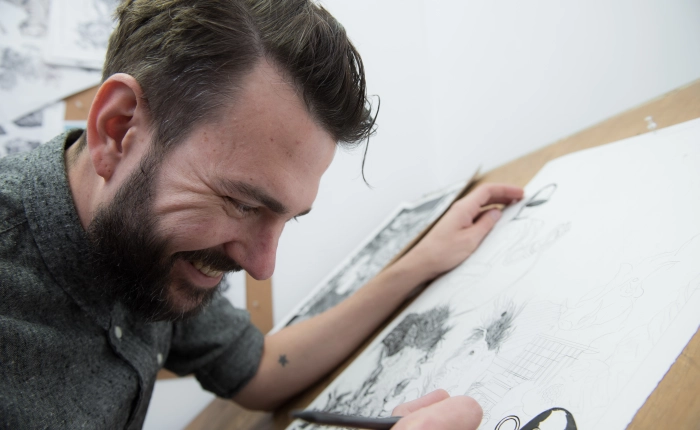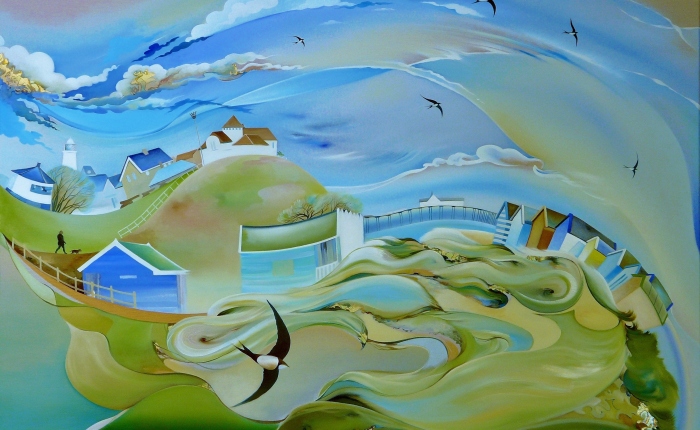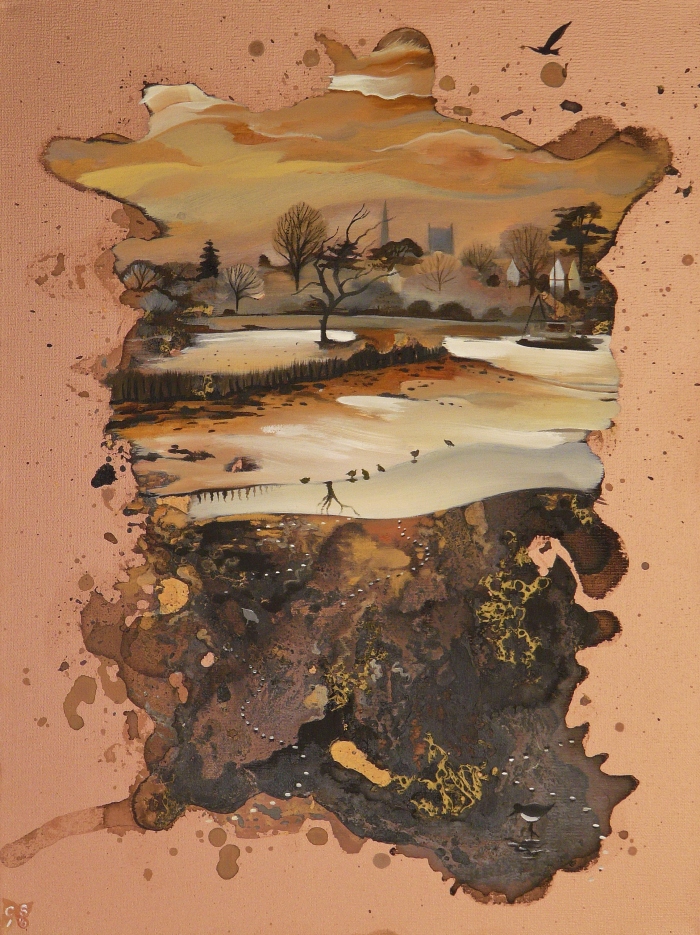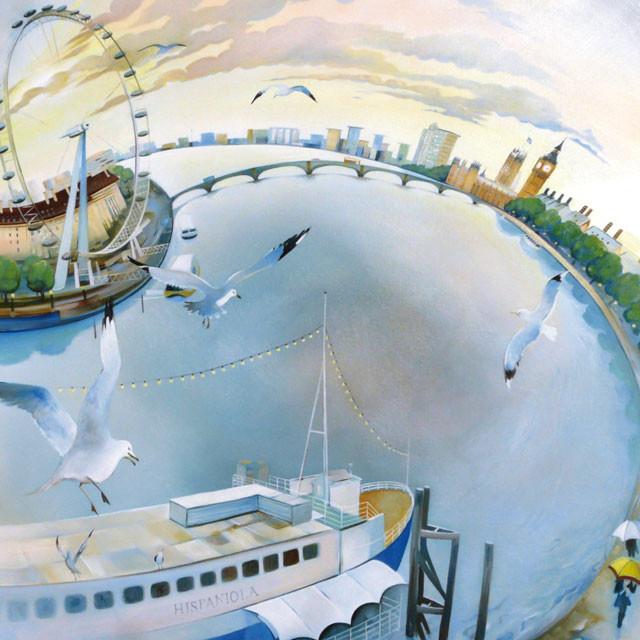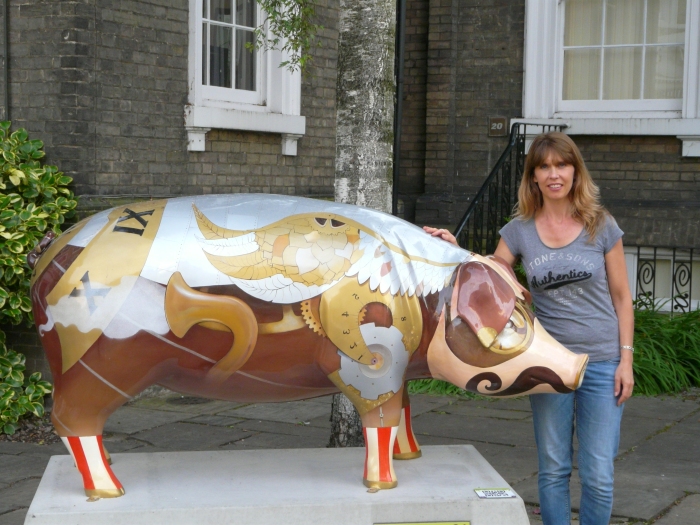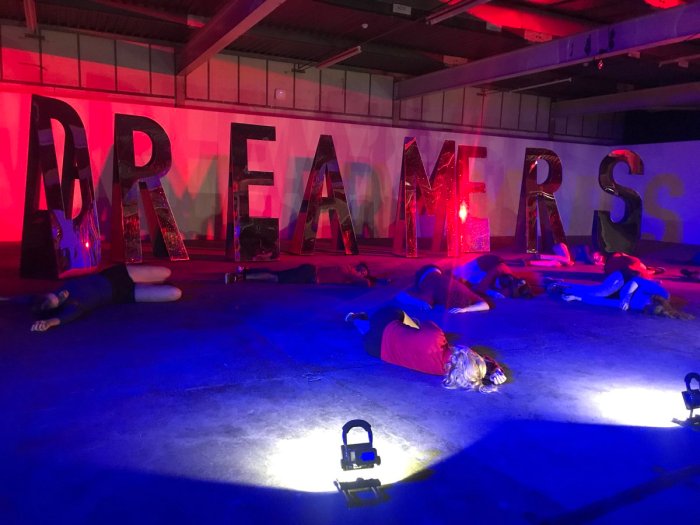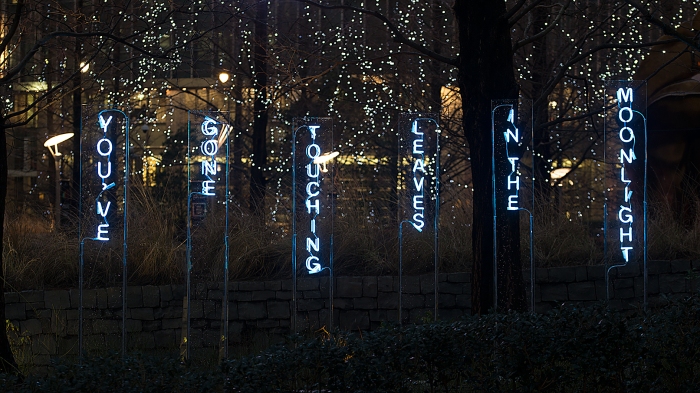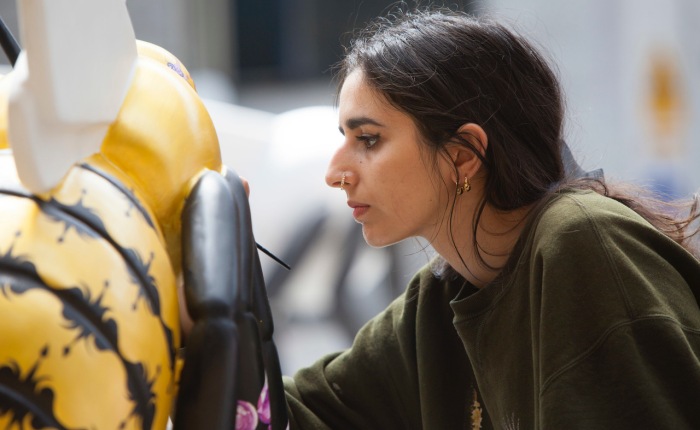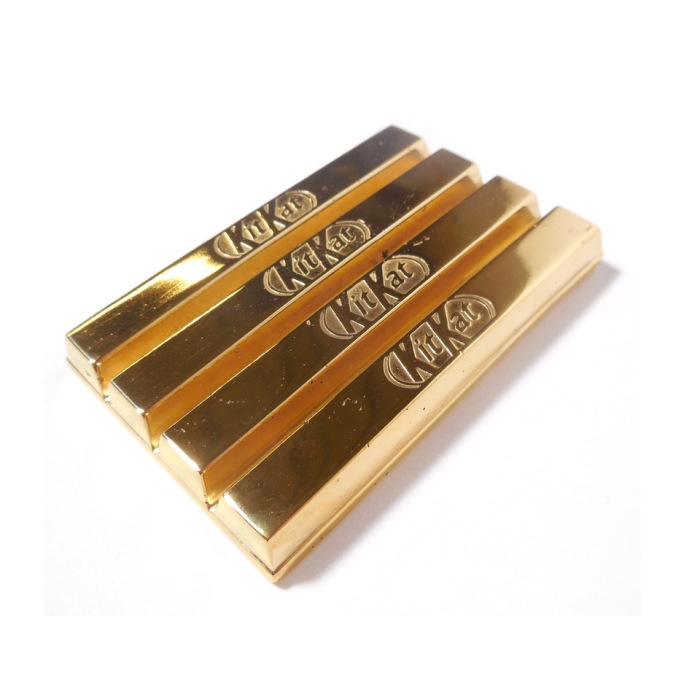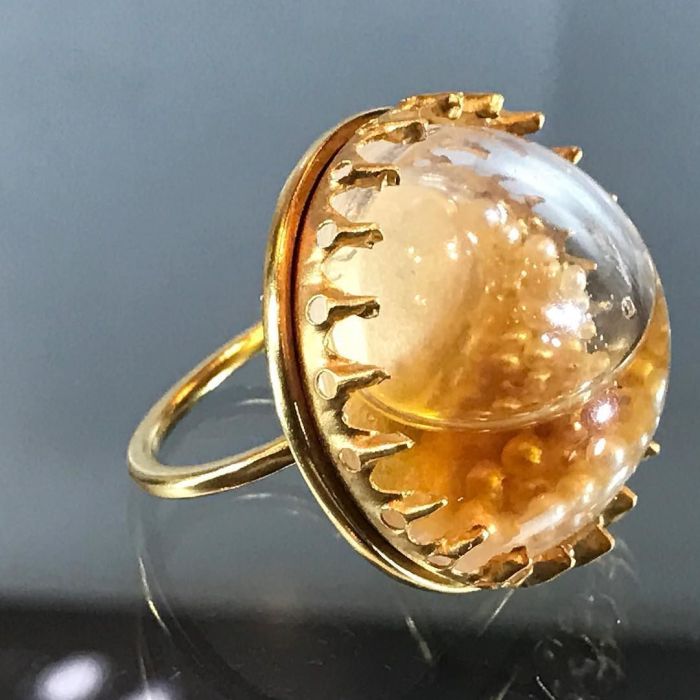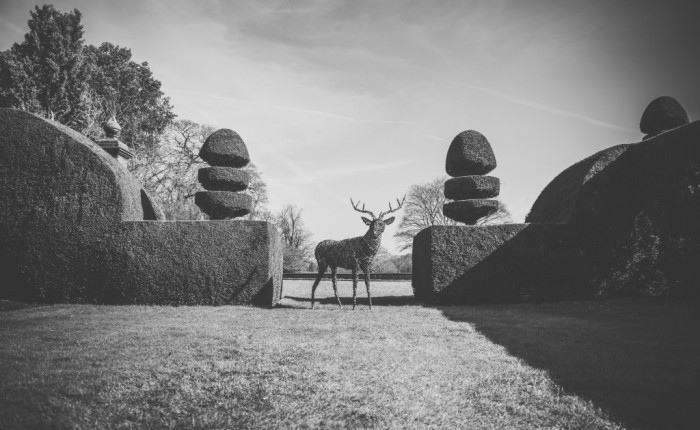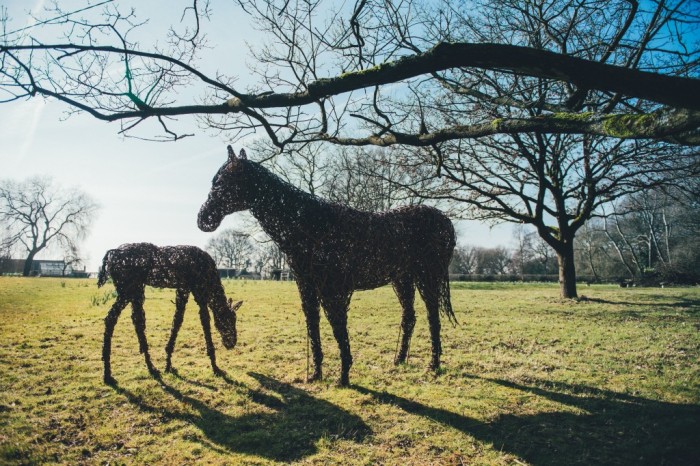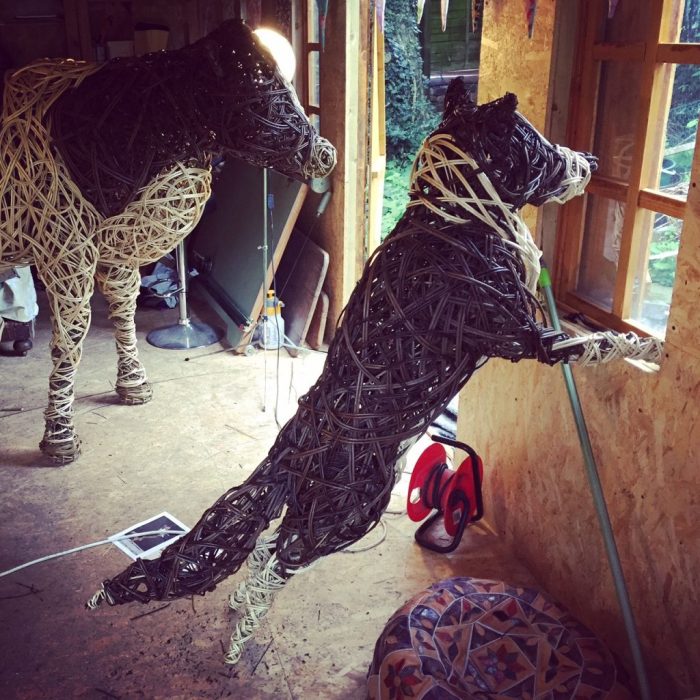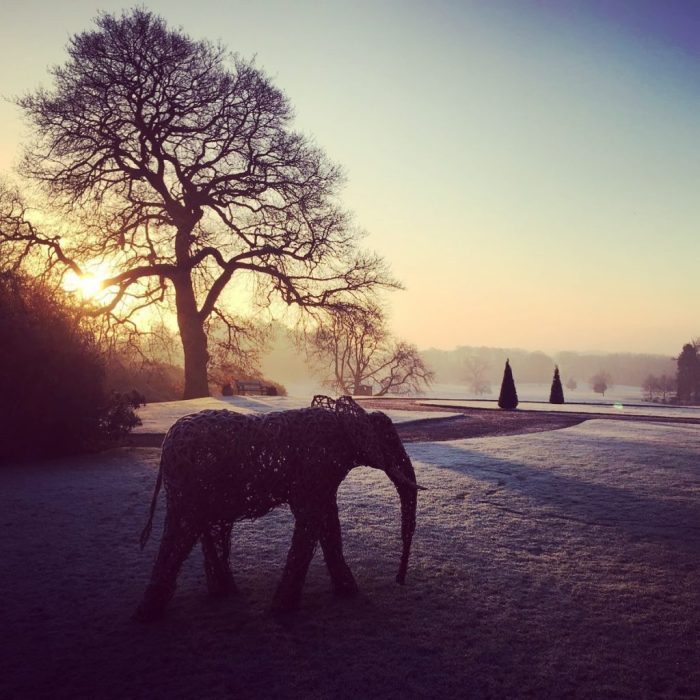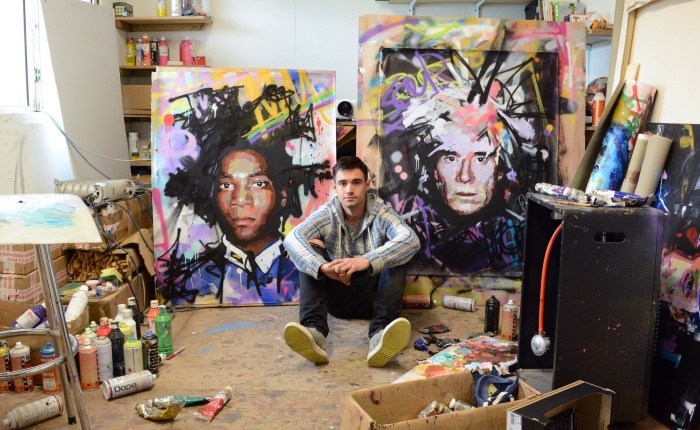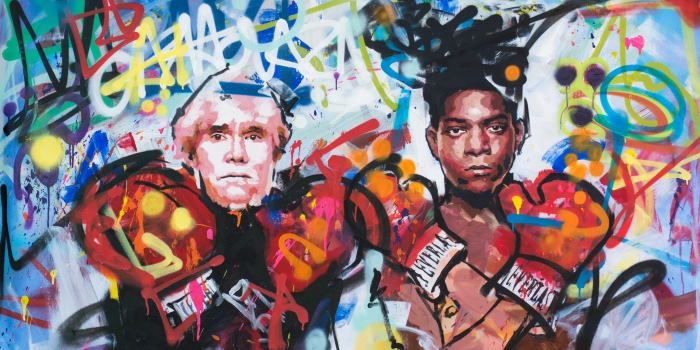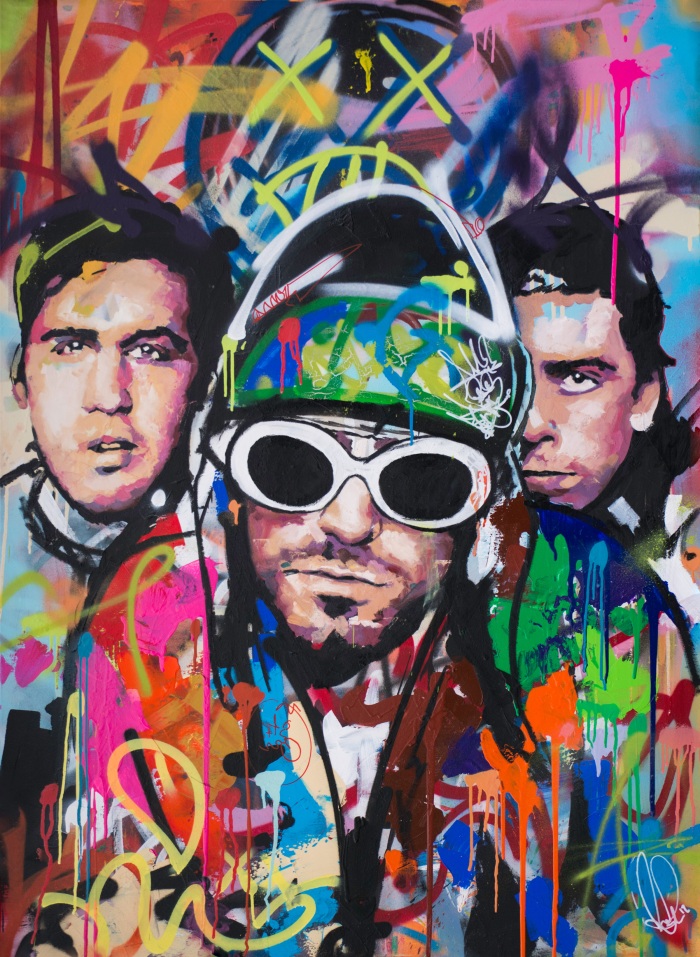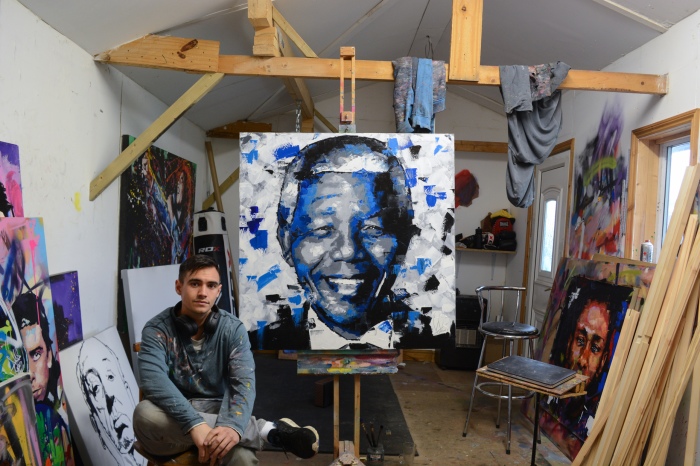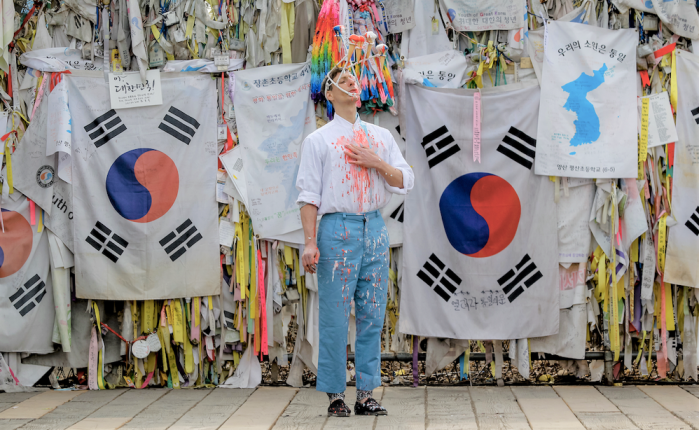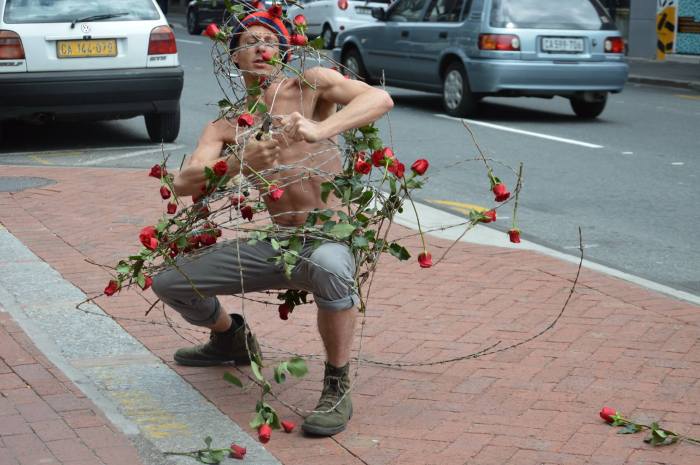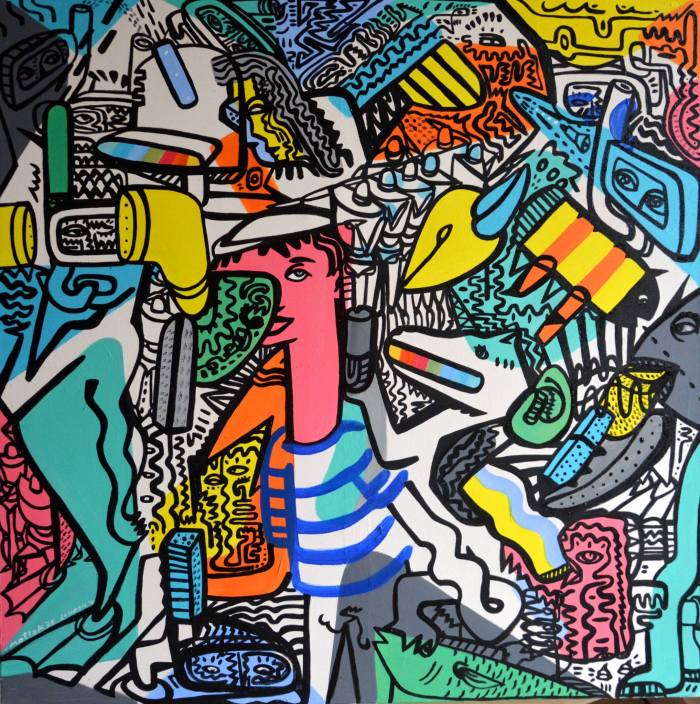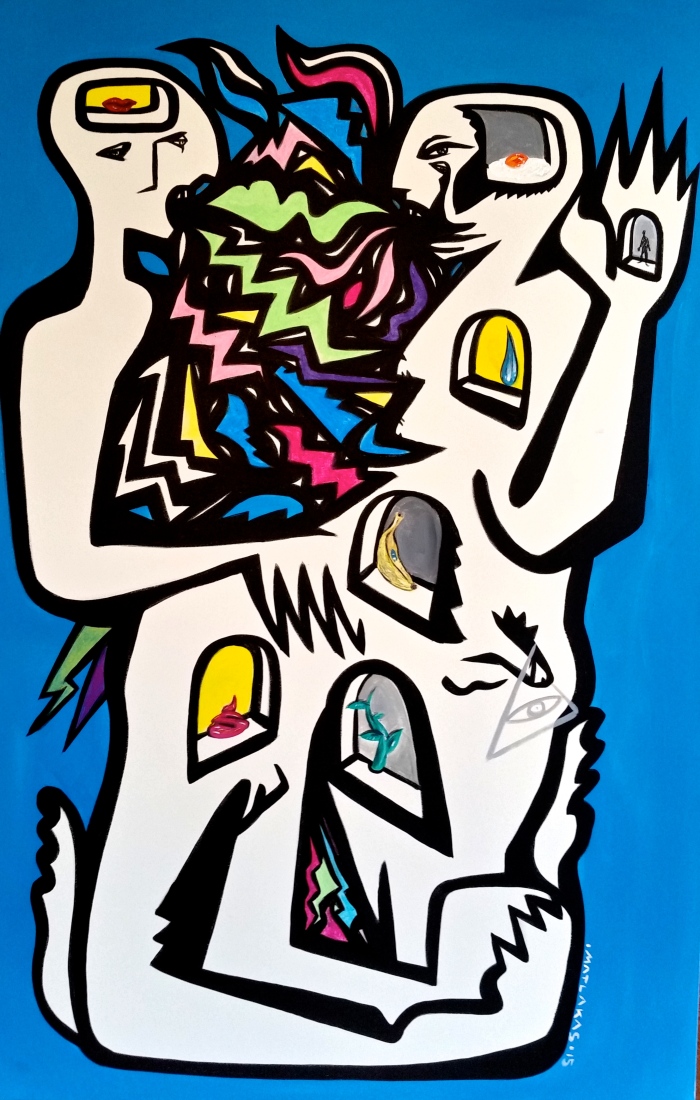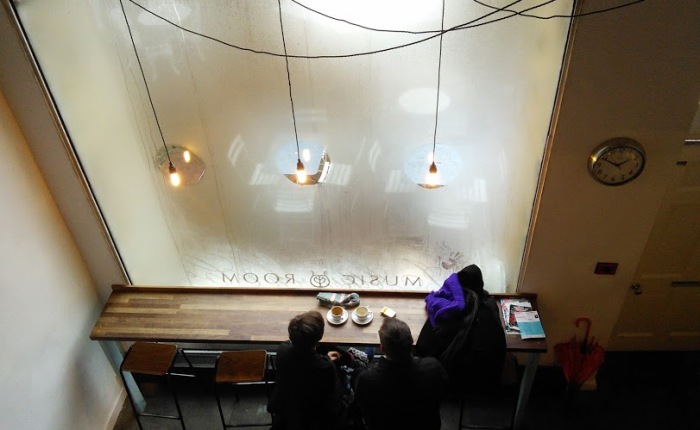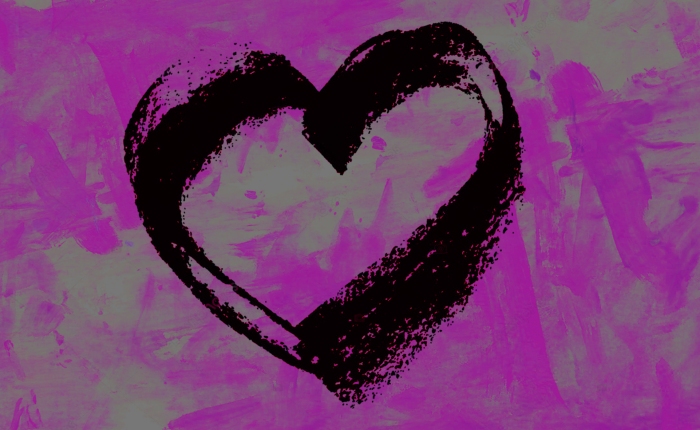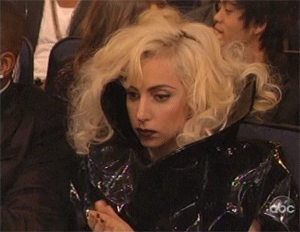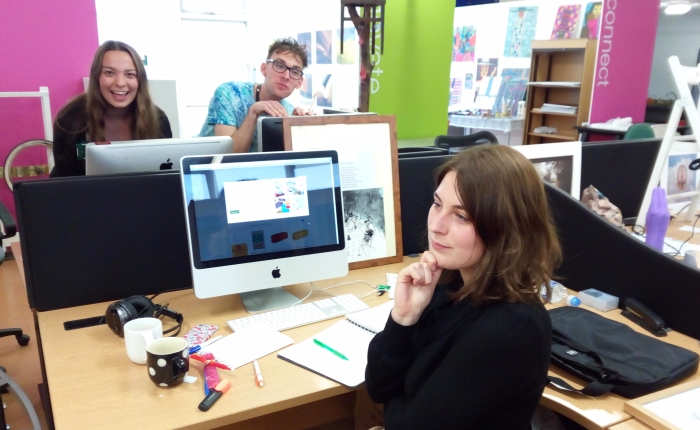Matthew Frame plunges us unapologetically into the jungles of India from the turn of a page.
His illustrations in Speaking to an Elephant and Walking is a Way of Knowing, published by Tara Books, have gained critical acclaim: described by The Times of India as “visually celebrat[ing] the teeming richness of the tropical forest and its many creatures.”
Every illustration is decadently overgrown. It immerses you in native plant life, tumbling fruit, larger-than-life crickets and snarling panther jaws. It’s ready to swallow you whole and spit you out in the speckled shadows of a forest floor.

It’s difficult to believe that this artist could ever question his incredible talent. However, Matthew reveals that he spent the months leading up to his six month residency at Tara’s headquarters “worrying that I would be ‘found out’, that I couldn’t draw, that I was totally talentless and that there had been some sort of terrible mistake in inviting me there.”
This “perpetual state of anxiety” can be read in Matthew’s drawings, which are precise and overwhelmingly detailed. No space to ask questions. No room for error. Each piece of work – from the 8-storey mural commissioned by Zap Architecture, to the album artwork for Pete and the Pirates – share the same barrage of information. As a recent client Dr. Piyush Pushkar put it: “You see the strokes of Frame’s marker pens, and then feel yourself pushed backwards as far as possible to grapple with it all.”
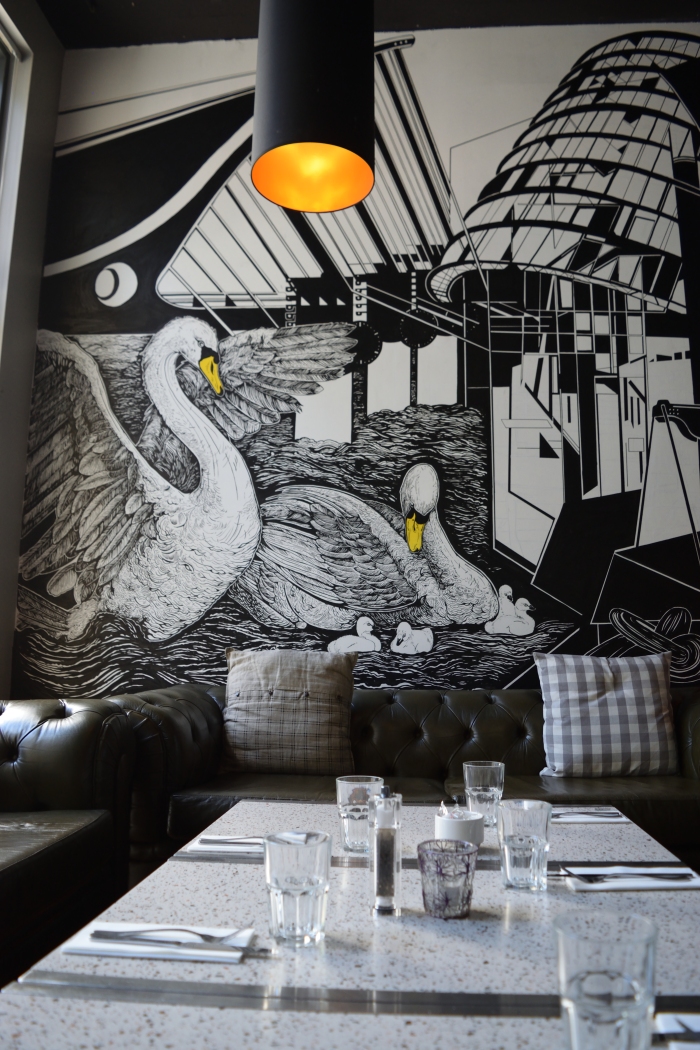
However, in Matthew’s newer illustrations we discover a distinctly looser style. In fact, some of the drawings featured in Walking is a Way of Knowing and Speaking to an Elephant are taken straight from Matthew’s sketchbook.
Matthew’s experience in India where he illustrated the two books – working with limited tools from his bedroom, getting ink all over the floor and enduring the worst monsoon Chennai had seen for 100 years – sparked a new, liberating perspective in his abilities. “I […] realized that my artwork isn’t about the things I have around me – I don’t need anything to be able to work effectively, I just need me.”
Since returning to the UK, Matthew has worked on many ambitious commissions, including a mural titled The Marisolysian Fields which celebrates the joint Indian and British heritage of baby Frederic Pushkar. He is now starting a new chapter as a professor of BA Illustration at Portsmouth University and MA Illustration at Falmouth University.
Matthew says: “My one bit of advice to anyone reading this would be to be constantly putting yourself in situations where you feel slightly out of your depth […] Nothing will compare to the sense of achievement you get when you have completed what you thought to be an impossible task.”
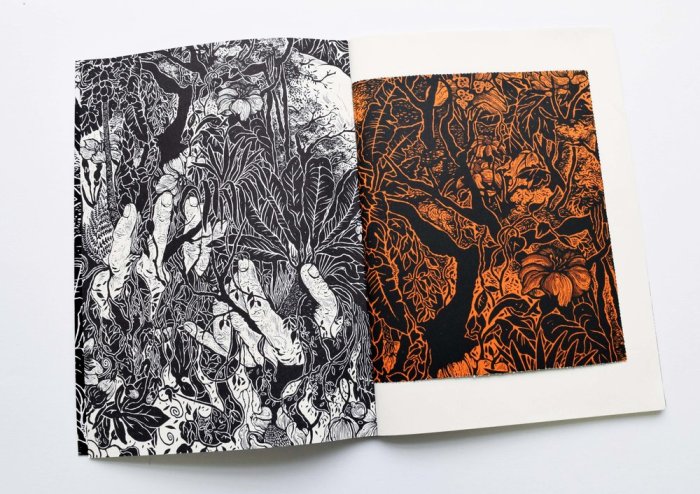
This article is one from my artist feature series, showcasing the work of professional UK-based artists whose work I love. Let me know what you think to the article and Matthew’s illustrations, which you can find more of here!
– Karis
